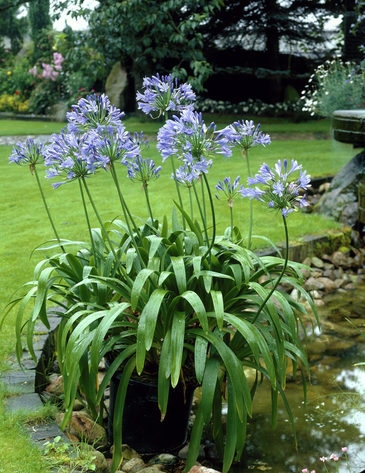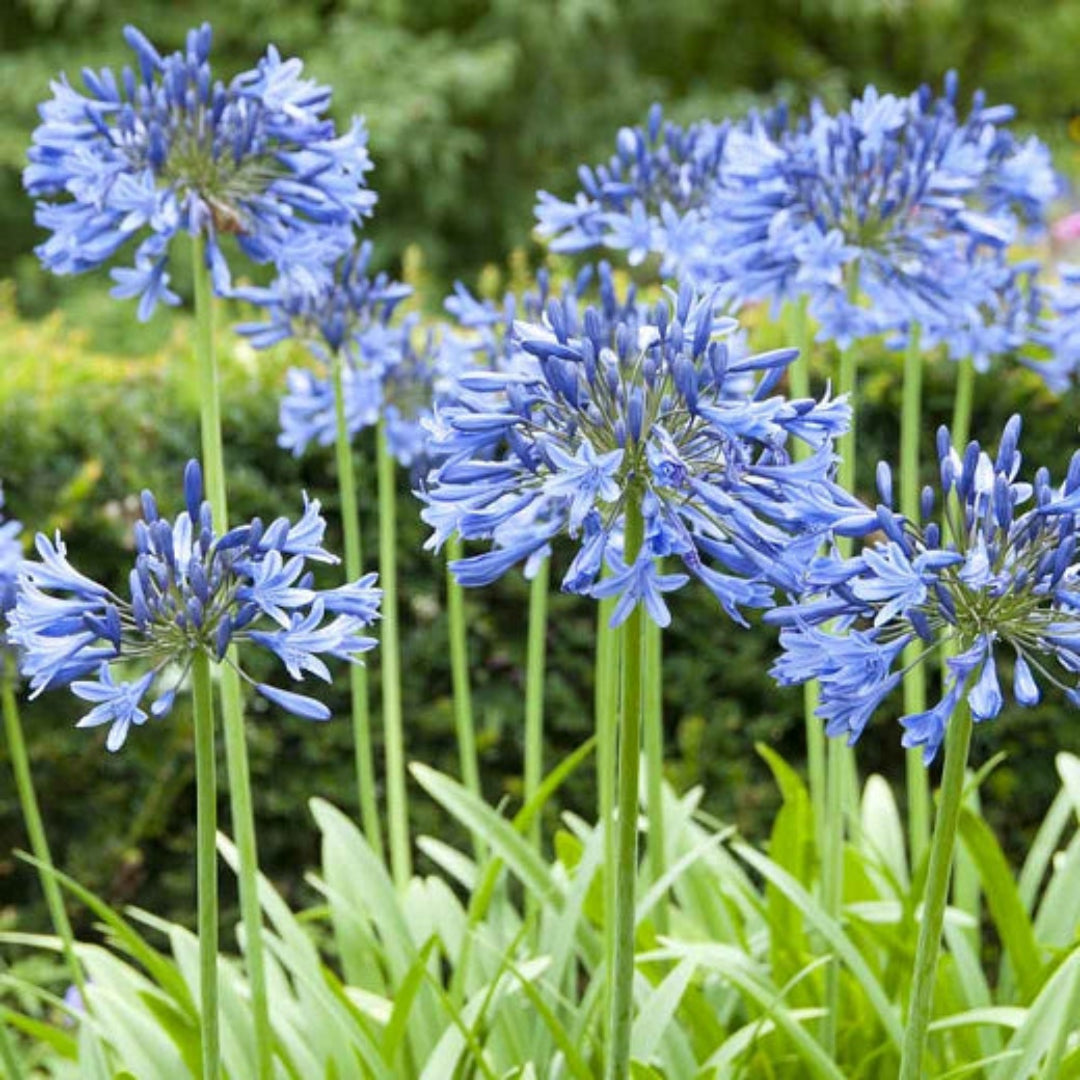Agapanthus Growing Problems: Soil, Sunshine, and Watering
Agapanthus Growing Problems: Soil, Sunshine, and Watering
Blog Article
Understanding the Art of Agapanthus Treatment: Crucial Actions for Healthy Growth and Vivid Blossoms
In the realm of cultivation, the growing of agapanthus stands as a fulfilling venture for those who look for to support these elegant flowering plants. From selecting the ideal selection to grasping pruning methods, the journey in the direction of growing flourishing agapanthus plants is multifaceted and holds the key to unlocking the complete possibility of these organic gems.

Selecting the Right Agapanthus Variety

When picking the ideal Agapanthus selection for your yard, consider variables such as climate suitability, flower color, and development habit. In addition, consider the climate in your area to make sure the Agapanthus range you choose can prosper in your certain problems. Understanding the growth routine of various Agapanthus varieties is crucial for appropriate placement within your yard.
Suitable Planting Problems
Taking into consideration the ideal environmental demands is crucial for successful Agapanthus cultivation. Agapanthus prospers in well-draining dirt with a somewhat acidic to neutral pH degree. When planting, choose a place that receives full sunshine to partial shade. In hotter environments, supplying some mid-day color can avoid scorching of the leaves. Agapanthus plants are sensitive to cool temperature levels and must be protected from frost during winter season months.
To make certain healthy and balanced growth and dynamic flowers, plant Agapanthus light bulbs at a depth of concerning 2-4 inches and area them 8-12 inches apart. Adding raw material, such as compost, to the dirt can improve drain and fertility, advertising durable root growth. Mulching around the base of the plants aids maintain wetness and subdues weed growth. Routine watering is critical, particularly throughout the expanding period, to maintain the soil constantly moist however not soaked.
Watering and Fertilizing Tips
Keeping appropriate dampness degrees and offering necessary nutrients are essential aspects in the treatment program for Agapanthus plants. When it comes to sprinkling Agapanthus, it is vital to strike a balance. These plants prefer consistently wet dirt yet are at risk to root rot if overwatered.
Feeding Agapanthus is necessary for advertising healthy and balanced development and prolific blooms. Apply a balanced fertilizer, such as a 10-10-10 formula, in the very early spring as new development arises. Repeat this application every 6-8 weeks throughout the expanding period. Avoid too much fertilizing, as it can result in lavish foliage at the expense of blooms. Constantly follow the producer's directions for appropriate dilution and application techniques. By following these watering and feeding pointers, you can ensure your Agapanthus plants grow and generate vivid, durable blossoms.
Pruning Strategies for Agapanthus
Pruning Agapanthus plants at the proper times and with proper strategies is crucial for keeping their health and promoting optimum growth and flowering. The excellent time to trim Agapanthus is in late wintertime or very early spring prior to brand-new development arises.
For flowered stems, wait up until the blossoms have use this link perished and after that trim them back to the base. This not just cleans up the plant's appearance yet additionally encourages the advancement of new flower buds. Deadheading spent flowers can additionally redirect the plant's read here power right into generating more flowers rather than setting seeds. Nevertheless, if you wish to gather seeds for propagation, leave some blossoms to dry and mature on the plant.
Bear in mind to use clean, sharp tools to make specific cuts and reduce the risk of presenting conditions. Agapanthus. Regular pruning will certainly help keep your Agapanthus looking healthy and neat while making certain a bountiful screen of stunning blooms
Taking Care Of Usual Pests and Illness
After ensuring correct pruning techniques for Agapanthus, it is crucial to resolve common parasites and conditions that can impact the health and wellness and vigor of these plants. Agapanthus plants are typically durable yet can still succumb particular problems. One typical parasite that affects Agapanthus is the Agapanthus gall midge. This tiny, orange fly lays its eggs in the foliage, causing altered development and blossom buds that fail to open up. To fight this insect, prune and destroy any kind of afflicted plant components and consider utilizing insecticidal soap.
Furthermore, Agapanthus plants can endure from root rot if they are grown in inadequately draining dirt. By being cautious and taking punctual action versus diseases and pests, you can assist your Agapanthus plants grow and create vivid blooms. Agapanthus.

Conclusion
Finally, mastering the art of agapanthus treatment involves selecting the right range, offering suitable planting problems, proper watering and feeding, proper trimming strategies, read what he said and addressing common bugs and illness. By complying with these crucial steps, you can make certain healthy and balanced development and dynamic blossoms for your agapanthus plants. Keep in mind to on a regular basis keep track of and preserve your plants to advertise their general well-being and longevity.
To make certain healthy development and vivid flowers, plant Agapanthus light bulbs at a deepness of regarding 2-4 inches and area them 8-12 inches apart. By complying with these watering and fertilizing suggestions, you can guarantee your Agapanthus plants flourish and generate vibrant, resilient flowers.
One typical parasite that influences Agapanthus is the Agapanthus gall midget. Furthermore, Agapanthus plants can experience from origin rot if they are grown in badly draining pipes dirt. By following these vital steps, you can ensure healthy growth and vibrant blooms for your agapanthus plants.
Report this page